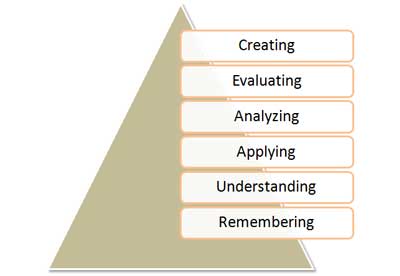I am tremendously excited by the current maths curriculum in English primary schools. The expectations are higher by at least a year. It is a no-nonsense raising of standards.
I’m excited because if we can find a way of teaching the curriculum successfully, then our students will have levels of maths previously unheard of in this country. They will be on top of the mathematical world. The average will be above average. They will have the skills and knowledge to found an empire of learning.
Not only is the curriculum at a standard that is a year higher than the previous curriculum, but there is talk of the floor standards, already raised from 60% to 65%, to be raised further to 80%. This means that schools will have to find a way of getting more of their students to a far higher standard. What a fantastic aspiration.
But it’s the ‘if’ I see as being a problem. Let’s face it: we don’t currently have the maths specialists we need in Years 5 and 6 – the upper years of primary school. Secondary school maths departments complain of misteaching, cramming for the end-of-primary-school SATs and students without the knowledge they need. What will it be like with even higher standards, both on the level that children must attain, and also the number of children that must attain it?
I see three options:
- Success – we achieve the ambition. We find a way of teaching more of our children to a higher standards than previously attained. A golden age of knowledge is ushered in.
- Cheating – we pretend to achieve the ambition by blurring further the grey line between supporting students and telling them what to do in tests. The nation lurches towards a moral crisis.
- The Maths Apocalypse – We ramp up the stress. School leaders put the pressure on their teachers with the higher expectations. The teachers crack under the pressure and shout things at their students like: “why don’t you just get it!” A generation is turned off everything to do with mathematics. It’s a maths apocalypse.
The problem with raising standards for students is that we also need to raise standards of teaching. Many primary teachers have a ‘C’ grade GCSE in maths, yet the maths expectations now required would go a long way towards achieving one of those ‘C’ grades.
The clock is ticking. In 2016, the first cohort of students will be tested on the new curriculum. Only eighteen months away and staff rooms across the country should be buzzing with conversations around how we teach maths and the subject knowledge we need. Networks of maths co-ordinators will right now be exemplifying the standards – turning the words into maths that can be taught and practised. Experts from teacher training will be working closely with schools, finding ways of bringing their new trainee teachers up to the required standard and sharing some of their training expertise with teachers who are struggling with their own maths. Teaching schools will be focusing on developing their Specialist Leaders for Education in mathematics so that schools within their networks without maths specialists have a means of accessing their expertise.
We have time to prepare and to succeed. Doing nothing will only prepare us for the mathematics apocalypse.
 It seems we’re very keen in the teaching world at the moment to find ways of teaching those higher skills of evaluating and creating. But we miss the vital step between remembering things and applying them – that of understanding them.
It seems we’re very keen in the teaching world at the moment to find ways of teaching those higher skills of evaluating and creating. But we miss the vital step between remembering things and applying them – that of understanding them.